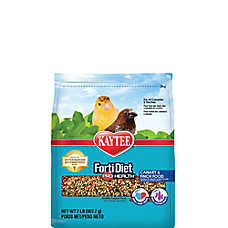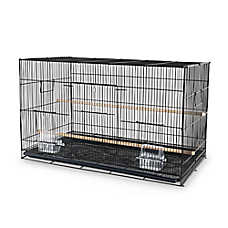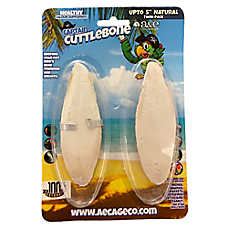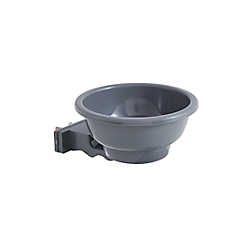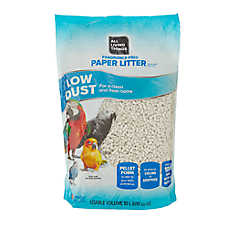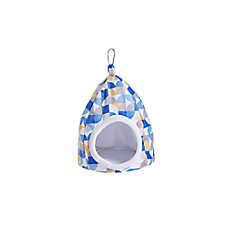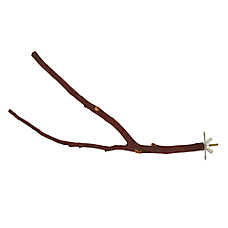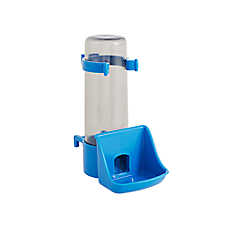Finch Care Guide
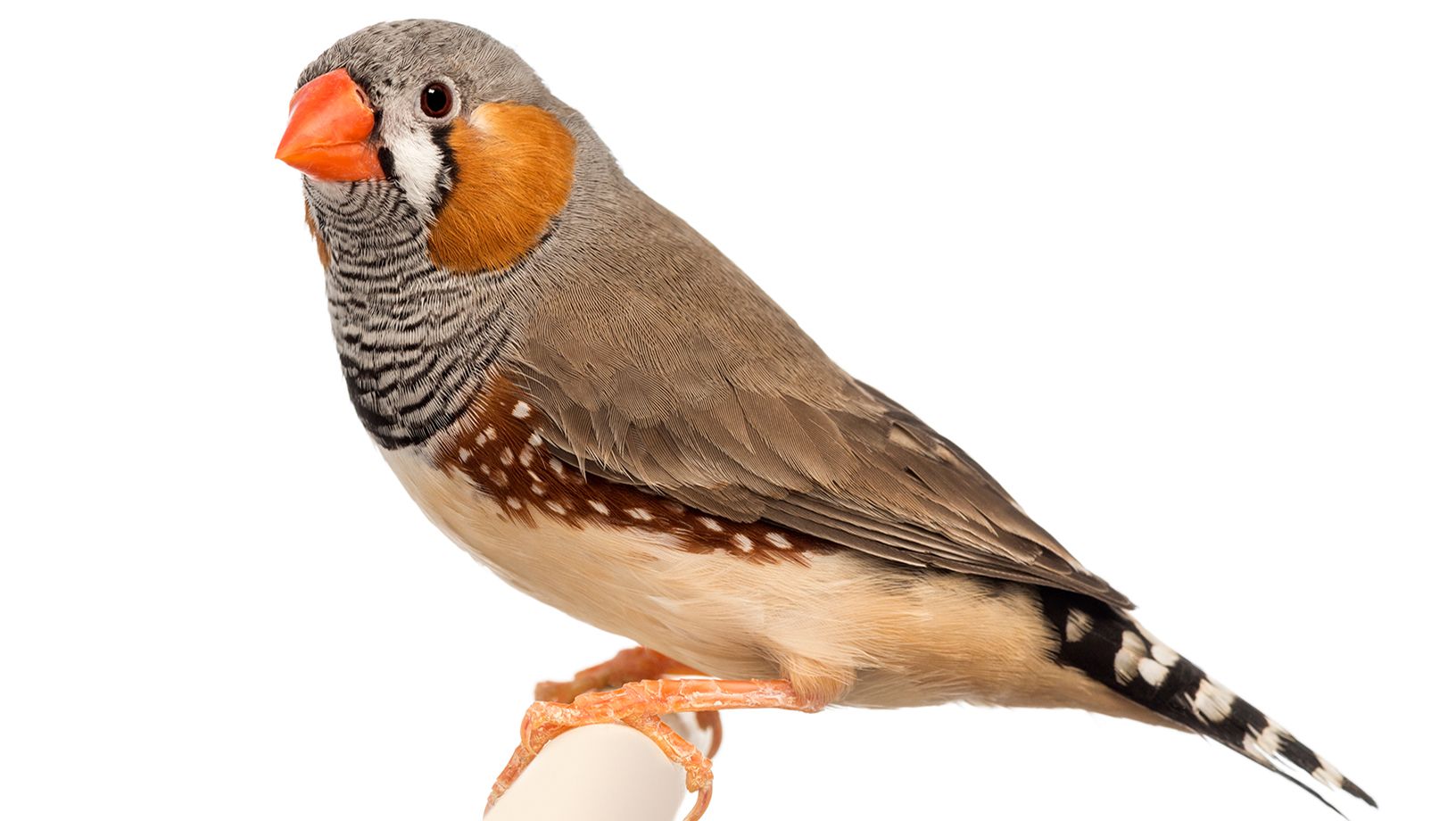
In this Article
Fabulous Finches!
Finches are a smaller bird that come in a variety of different colors and patterns. Zebra finches are native across Australia and Indonesia. Alternatively, Society finches, also called Bengali finches, are native across Asia. Finches in general are quite active, independent little birds who will happily spend their days chirping with their friends, playing with toys, and making nests out of whatever they can get their beaks on.
Finch Species Profile
Experience level: Beginner
Size: Finches grow up to 5" (13 cm) from head to end of tail.
Lifespan: Finches live for approximately 5yrs
Temperament: Finches can be timid and are not usually very keen to sit on your hand or shoulder. However, with treat-motivation, they can be acclimated to being handled gently for nail trims and general medical exams.
Behavior: Though shy with humans, finches of the same species can be housed in pairs or in larger flocks. Finches are society birds and do not do well alone, so it is recommended you have at minimum two finches.
Setting up your finch habitat!
Your finch needs a clean, enriching environment with space to fly, socialize, and forage.
Finch enclosure size and placement
- Minimum size: 12” x 12” x 15”
- Recommended 18x18x24” or larger if you have room
- The larger the enclosure, the better, especially with multiple birds
- Place the enclosure at or below eye level
- Keep away from:
- Kitchens and non-stick cookware
- Strong odors and smoke
- Drafts, windows, and direct sunlight
- Cover the enclosure at night to help your bird feel safe
Enrichment and accessories
- Include at least three toys and rotate them regularly
- Use puzzles, chewable toys, and foraging items to support mental health
- Layer the bottom of the habitat with an appropriate liner and replace as needed
- Add a birdbath for splashing or gently mist your bird with warm water 2–3 times a week
- Encourage natural foraging by placing a hay ball in the cage and include a cuttlebone
Finch care and feeding
A balanced diet, fresh water, and clean feeding areas help keep your finch healthy and active.
Daily diet
- Pellet-seed blend: This is your bird’s primary source of food and nutrition.
- Remove old food and refill with fresh food daily
- Keep the bowl about ¾ full so your finch can eat freely throughout the day
- Fresh veggies and fruit: Offer leafy greens, fruits, and grains every other day
- This variety helps create a well-rounded, interesting diet
Finch treats
- Offer honey sticks or millet spray once or twice a month
- Limit quantity to help prevent obesity
Water
- Provide clean, fresh water at all times
- Use either a water bowl or a bird water bottle
Because a finch's metabolism is very active, starvation can occur in as little as 24 hours. Food must be available at all times
Never feed your bird chocolate, sugar, fried foods, avocado, or human junk food. These foods can make your bird very sick.
[When to see a vet]
In addition to regularly scheduled appointments, contact your avian veterinarian if you notice the following signs:
- long periods sitting at the bottom of the enclosure
- decreased appetite or weight loss
- less activity and grooming
- feathers fluffed for long periods of time
- sneezing; discharge from eyes, nose or mouth
- runny droppings for more than two days
- constantly plucking feathers or feathers are falling out
- beak over gown/ not closing normally
Go to “find a vet” on AAV.org for help finding an avian veterinarian in your area.
SHOPPING CHECKLIST
- *Minimum habitat sized 12 x 12 x 15"
- Recommended 18x18x24” or larger if you have room
- fortified finch pellet-seed diet
- food bowls
- water bottle and/or bowl
- at least two perches (each a different thickness and height) and a ladder
- toys
- habitat liner
- habitat cover (for nighttime)
- birdbath or spray bottle (for bathing)
- wicker nest and nesting materials
- hay ball and Timothy hay (for foraging and nesting)
- millet spray and other treats
- cuttlebone
*It is advisable to purchase the largest size cage that you can afford and that will fit in your household.
Ready to learn more?
This guide is a great starting place, but we encourage you to do more research on the individual species that you are keeping so that you can be as successful as possible!
FAQs
Do finches need to live in pairs or groups?
Yes. Finches are highly social and should always be kept in pairs or small flocks of the same species. A single finch may become lonely or stressed if housed alone.
Yes. Finches are highly social and should always be kept in pairs or small flocks of the same species. A single finch may become lonely or stressed if housed alone.
Can finches be trained to sit on your hand?
Finches are generally not cuddly or hands-on birds. With time and positive reinforcement (like treats), some may tolerate gentle handling for short periods, such as nail trims.
Finches are generally not cuddly or hands-on birds. With time and positive reinforcement (like treats), some may tolerate gentle handling for short periods, such as nail trims.
What should I avoid feeding my finch?
Never feed chocolate, avocado, sugary snacks, fried foods, or anything processed. These can seriously harm your finch’s health.
Never feed chocolate, avocado, sugary snacks, fried foods, or anything processed. These can seriously harm your finch’s health.
How often should I clean the cage?
Spot clean the enclosure daily and replace the liner as needed. A full cleaning, including toys and perches, should happen at least once a week.
Spot clean the enclosure daily and replace the liner as needed. A full cleaning, including toys and perches, should happen at least once a week.
Do finches need toys or enrichment?
Yes. Toys, hay balls, and items that mimic natural foraging help keep your finch active and mentally stimulated.
Yes. Toys, hay balls, and items that mimic natural foraging help keep your finch active and mentally stimulated.
How can I tell if my finch is sick?
Watch for signs like sitting at the bottom of the cage, fluffed feathers, discharge, lack of appetite, or feather loss. These may indicate illness, and you should contact an avian veterinarian.
Watch for signs like sitting at the bottom of the cage, fluffed feathers, discharge, lack of appetite, or feather loss. These may indicate illness, and you should contact an avian veterinarian.
